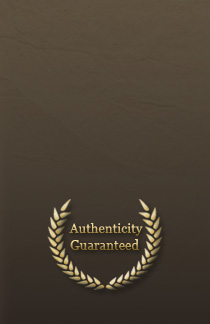The heyday of the American Carousel Industry spanned a 50-year period from the 1880's through the 1920's when most cities and resorts boasted their own amusement parks featuring a whirling carousel. From the vast and glamorous amusement areas in Coney Island, Boston's Revere Beach, Atlantic City, and Ocean City to the small city parks at the end of the trolley lines, merry-go-rounds provided a magical distraction from the often dreary existence of working class city dwellers and an opportunity to "catch the brass ring."
Terminology
Most American carousels were made up of three rows of animals. The largest and most ornate figures, usually horses, were placed on the outside row of the carousel where they were most visible to the public. Most were in the standing or stationary position (three or four legs down on the platform). Ornately carved chariots and massive lions, tigers, sea monsters, and giraffes were also placed on the outside row. Smaller horses and menagerie animals in the prancing (rear legs down) or jumping (all legs up) positions rode the inner rows. The invention of the overhead jumping mechanism in 1905 revolutionized the carousel industry by permitting the "up and down" motion for which carousels are so famous. Some of the later carousels were made up of all jumping figures, even on the outside row.
The vast majority of American carousel figures were horses--simply because they were more popular with the riders. However, a variety of "menagerie" figures were also produced, such as lions, tigers, giraffes, deer, rabbits, cats, goats, pigs, ostriches, and dogs.
Because American carousels rotate in a counter-clockwise direction, the right side of the animals faced outward and was the most ornately carved. This is called the "romance"side of a carousel figure. The same was true of most European carousels; but English carousels spin clockwise, so the romance side of English figures is the left.
Construction
Antique carousel figures were carved from blocks of 2-, 3-, and 4-inch strips of wood (usually green basswood or poplar), laminated or glued together "cross-grain" to allow for expansion and shrinkage of the wood from heat and humidity. Heads, bodies, and legs were carved separately and later joined together using wood dowels and hide glue prior to the finish carving--no nails or screws. The bodies were often hollow to lighten the weight.
There are approximately 80 joints in an average size carousel figure. Most carousel horses carved before 1910 had horsehair tails which were attached into the rumps by wooden dowels. However, these tails proved to be a maintenance problem; and the carvers switched to more durable wooden tails, sometimes refitting them into earlier horses.



